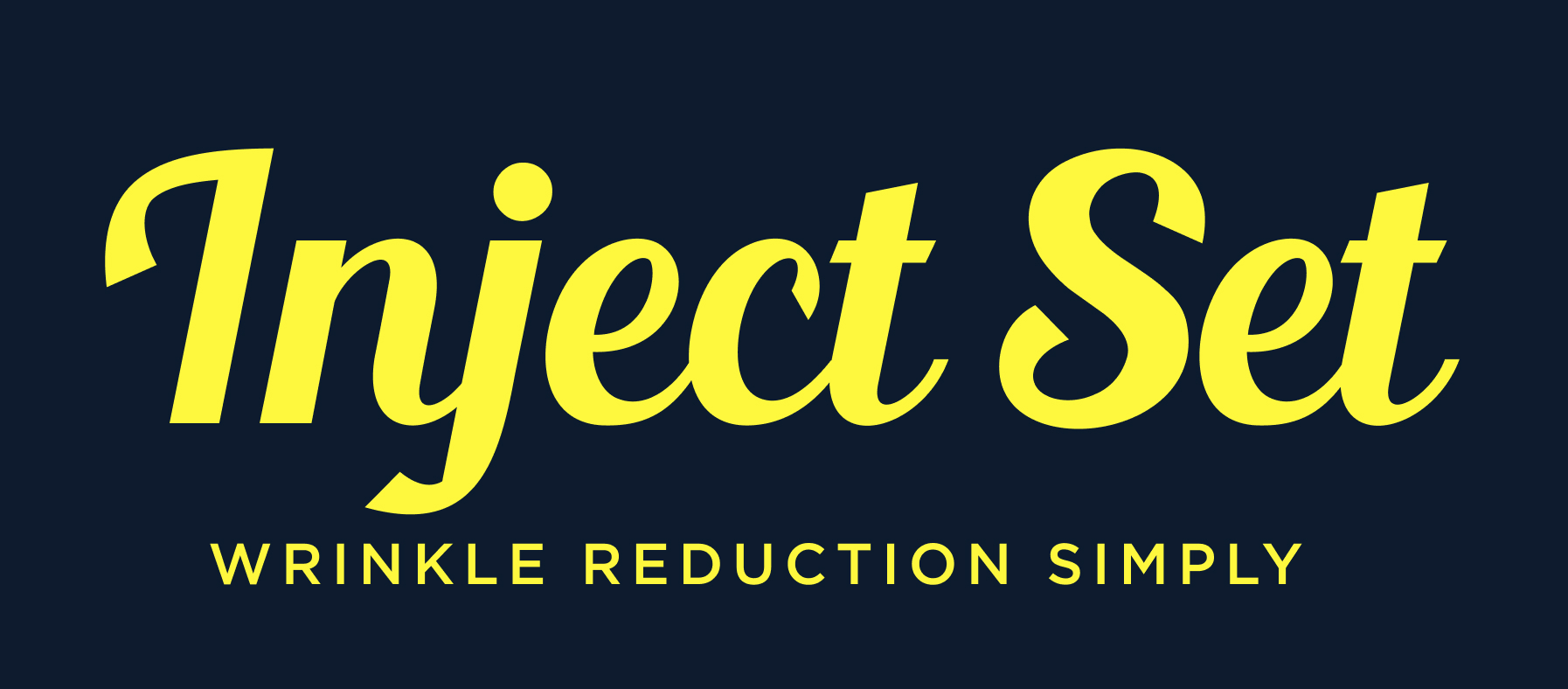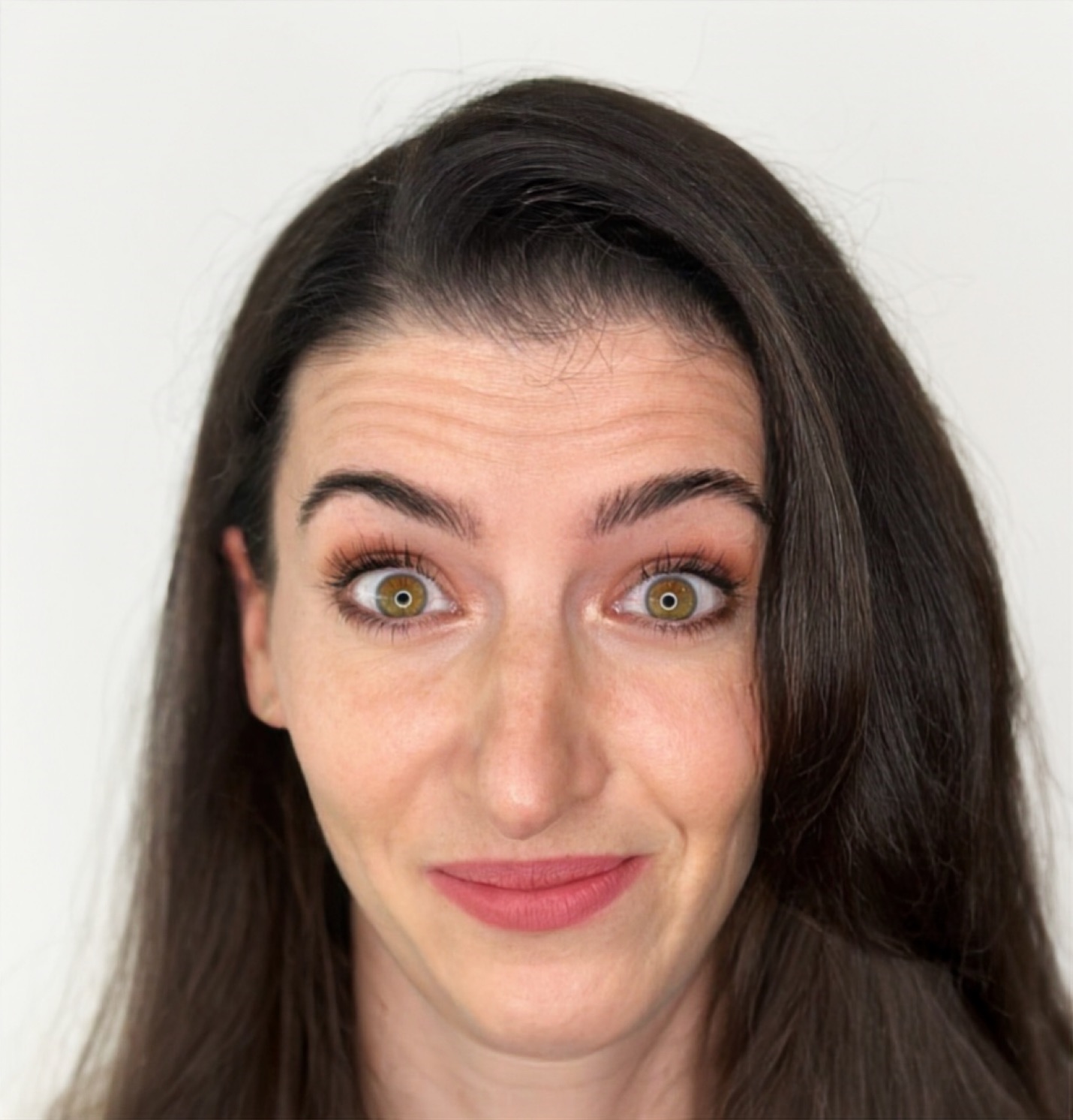Your skin is unique and dynamic, shaped by many internal and external factors over time. Between work, family, and the occasional Netflix binge, skincare can easily slip off the to-do list. Naturally, there are plenty of aspects that go into how lines on your face might develop—but understanding why they form and how to reduce them can help you maintain a youthful, vibrant complexion.
Let’s break down how wrinkles form and, more importantly, how to reduce and prevent them. After all, while wrinkles may tell a story, you should decide which ones stick around.
What Are Wrinkles?
Wrinkles are visible lines, creases, or folds in the skin that develop over time. There are two main types of wrinkles:
- Dynamic Wrinkles: These appear with facial movements, like smiling, frowning, or squinting.
- Static Wrinkles: These are always present, even when your face is at rest.
Without proper care, both types can deepen over time, becoming more noticeable. Let’s dive into why wrinkles form and how you can take action to minimize them.
What Causes Wrinkles?
Wrinkles don’t just happen and there’s no single villain to blame—they result from a combination of internal and external factors that affect your skin’s structure and elasticity.
1. The Role of Skin Structure - Skin Science Basics
Your skin’s smooth, youthful appearance is thanks to three key components:
- Collagen: Provides firmness and strength – the scaffolding that holds everything up
- Elastin: Allows your skin to stretch and bounce back – the springs that let your skin flex
- Hyaluronic Acid: Retains moisture and keeps skin hydrated – the moisture sponge that keeps things plump
As you age, your body produces less of these components, causing the skin to lose its elasticity, plumpness, and ability to resist wrinkles.
2. Intrinsic Aging - The Natural Process
Intrinsic aging is the natural aging process that occurs as you get older. It’s influenced by genetics, hormonal changes, especially during menopause, and time. Key characteristics of intrinsic aging include:
- Thinning skin.
- Reduced collagen and elastin production.
- Decreased ability to retain moisture.
While you can’t stop intrinsic aging, you can support your skin’s health to slow its visible effects.
3. Extrinsic Aging - The Lifestyle Culprits
Here’s where your choices come into play. Extrinsic aging refers to environmental and lifestyle factors that accelerate the aging process. These include:
- Sun Exposure: UV rays break down collagen and elastin, leading to fine lines, wrinkles, and pigmentation.
- Smoking and Pollution: Smoking reduces oxygen flow to the skin and damages collagen, while pollution generates free radicals that harm skin cells.
- Stress and Sleep Deprivation: Chronic stress and poor sleep raise cortisol levels, which degrade collagen and impair the skin’s ability to repair.
- Diet and Hydration: High sugar diets, processed foods and dehydration weaken the skin’s barrier and damage collagen, making wrinkles more likely to form.
4. Facial Movements and Expressions
Repeated facial movements, such as frowning, smiling, or squinting, can create dynamic wrinkles. Over time, these lines may become static wrinkles, remaining visible even when your face is at rest.
Understanding these causes allows you to target wrinkles with a combination of prevention and treatment strategies.
How to Reduce Wrinkles (or Minimise Their Appearance)
When it comes to keeping wrinkles at bay, prevention and care are your best allies. Let’s explore how you can protect your skin and maintain its youthful glow.
1. Skincare Essentials
Your skincare routine plays a vital role in preventing and reducing wrinkles. Focus on these essentials:
- SPF Protection: Sunscreen is your first line of defence against UV rays, which are the primary cause of premature aging. Apply SPF 30 or higher daily to protect your skin.
- Moisturizers and Retinoids: Hydration is crucial for maintaining your skin’s barrier and elasticity. Retinoids (Vitamin A derivatives) stimulate collagen production and encourage cell turnover to smooth fine lines.
- Antioxidants: Ingredients like Vitamin C and E neutralize free radicals, preventing oxidative stress and promoting a brighter complexion.
2. Healthy Lifestyle Choices
Beyond skincare, your daily habits have a significant impact on your skin’s health and appearance:
- Eat a Balanced Diet: Prioritize foods rich in antioxidants (berries, leafy greens) and healthy fats (avocados, salmon) to nourish your skin from within.
- Stay Hydrated: Drinking enough water keeps your skin plump and supple, reducing the appearance of fine lines.
- Get Quality Sleep: Sleep is when your body repairs itself. During deep sleep, collagen production increases, and cortisol levels decrease, helping your skin rejuvenate.
- Manage Stress: Chronic stress accelerates aging. Incorporate mindfulness practices, exercise, or relaxation techniques to lower stress and cortisol levels.
3. Professional Treatments: The Botox Advantage
Botox is a game-changing treatment for preventing and reducing wrinkles. It’s an FDA-approved and MHRA-licensed neuromodulator that works by relaxing specific facial muscles to stop dynamic wrinkles from becoming static wrinkles.
- How It Works: Botox targets the muscles responsible for repeated expressions, smoothing the skin and preventing deeper lines from forming.
- Dynamic vs. Static Wrinkles: By addressing dynamic wrinkles early, Botox prevents them from transitioning into permanent static wrinkles, which are harder to treat.
- Long-Term Benefits: Routine Botox treatments not only prevent new wrinkles but also help maintain a natural, youthful appearance. Botox is a proactive, non-invasive way to manage aging while preserving your natural expressions.
When combined with consistent skincare and healthy lifestyle habits, Botox can dramatically enhance your skin’s health and appearance over time.
Why Prevention is Key
Preventing wrinkles is about more than aesthetics—it’s about investing in your overall well-being. Your skin reflects how you care for your body, and taking proactive steps now can pay off in the long run.
- A consistent skincare routine and healthy habits keep your skin resilient.
- Early prevention minimizes the need for invasive treatments later.
- Prioritizing your skin is an act of self-care that boosts confidence and empowers you to feel your best.
Conclusion
Wrinkle prevention and reduction doesn’t have to be overwhelming. By combining daily skincare, healthy habits, and professional treatments like Botox, you can maintain a youthful, refreshed appearance and keep your skin looking its best.
It’s never too early—or too late—to start. Prioritize yourself, because taking care of your skin is an investment in your confidence and well-being. Ready to simplify your routine or explore treatments? Reach out—we’re here to help you look and feel your best.
The fine print: This content is for informational purposes only and does not replace medical advice. Consultations are required to assess suitability before treatment. Individual results vary. No treatments are offered without a clinical assessment.

